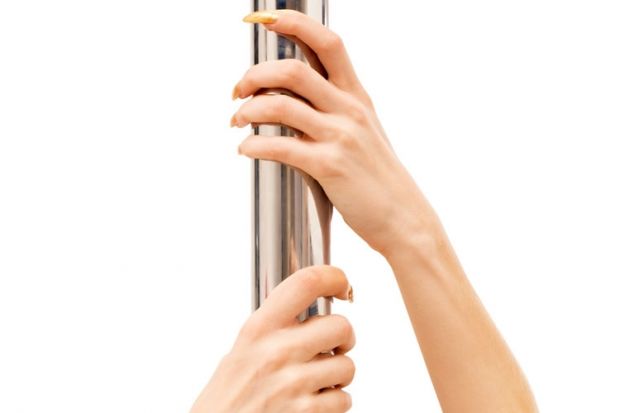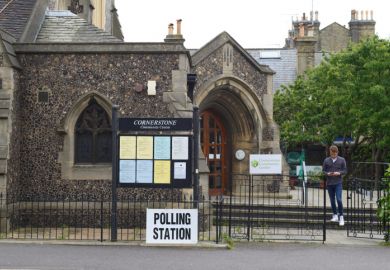Strip club dancers are increasingly likely to be students from middle-class families, according to the author of a new academic study.
Almost a third of strip club dancers are students, with many using the cash earned to support themselves throughout their studies, according to research by University of Leeds academics, who interviewed about 200 dancers in towns and cities across the UK.
But many students appeared not to be motivated by the potentially high financial gains of the industry, having come from fairly affluent backgrounds, said Teela Sanders, reader in sociology at Leeds, who co-authored the study.
“Many of these dancers are from middle-class backgrounds – they are not coming from families where money is a big issue,” Dr Sanders told Times Higher Education.
A number of the students saw themselves as “dancers, not sex workers” because “selling striptease had become more palatable and socially acceptable”, said Dr Sanders, who authored “Students selling sex: marketisation, higher education and consumption” with Kate Hardy, a lecturer in work and employment relations at Leeds’ Business School.
“They enjoyed dressing up to go out and many say it wasn’t too different to heading out on a night out,” Dr Sanders added.
The study, published by the British Journal of Sociology of Education, explains how some students were also “drawn in by the initial excitement of engaging in a transgressive world, and the prospect of earning cash in hand on the night was considered a bonus”.
One 23-year-old student, identified as Lana, told researchers that she viewed an evening in a strip club as “just like a party night”, adding: “I prefer to go to work than go out.”
The study says there “was a definite tension between the ‘old school’ dancers who were there to earn good money…and the new, inexperienced younger women who had a range of motives for entering stripping”.
Students often viewed stripping as “easy money”, with clubs offering a “high level of flexibility” in terms of working hours, the study says.
But students recruited to work in such venues often faced financial exploitation, with 70 per cent reporting that they had sometimes earned nothing from a night’s work owing to charges imposed by the clubs.
“They were often willing to wait for that one big client when they might earn £500 in one night,” Dr Sanders said.
She also said the size of the striptease industry was underestimated: one unnamed northern city with two large universities boasted 12 strip clubs, compared with 35 in the original “Sin City” of Las Vegas.
Students were now a “core supply group into the sex industries”, with clubs even targeting freshers’ week events with recruitment leaflets, the study claims.
Dr Sanders also said that many students continued to work in strip clubs after leaving university because they struggled to get by on low-paid graduate jobs, although interviews suggested that they did not tend to move into other parts of the sex industry such as prostitution.
The study sought to analyse whether the introduction of £9,000-a-year tuition fees was driving more students to work in strip clubs, but it says more research is needed before a conclusion could be reached.
Register to continue
Why register?
- Registration is free and only takes a moment
- Once registered, you can read 3 articles a month
- Sign up for our newsletter
Subscribe
Or subscribe for unlimited access to:
- Unlimited access to news, views, insights & reviews
- Digital editions
- Digital access to THE’s university and college rankings analysis
Already registered or a current subscriber? Login





